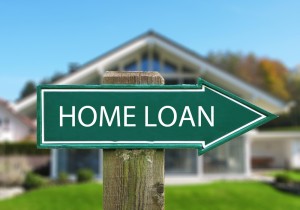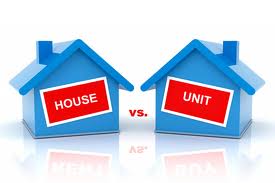 For most of us, paying off a home loan as quickly as possible is the smartest strategy to get ahead financially.
For most of us, paying off a home loan as quickly as possible is the smartest strategy to get ahead financially.
Structuring your home loan more efficiently can help you reduce your loan balance substantially and pay off your loan faster. Mortgage minimisation is based on good planning and tight budgeting.
Increase your loan repayments
It might seem obvious, but the best way to reduce your mortgage is to simply increase your repayments. The simplest and most effective way to do this is to increase your regular repayment amount.
Some other strategies to consider are:
• Paying fortnightly instead of monthly. There are 26 fortnights in a year but only 12 months, so by dividing your set monthly repayment in two and paying it fortnightly, you will be making one additional month’s mortgage repayment each year.
• Making extra repayments whenever you can.
• Keeping your repayments the same if interest rates drop at any time.
• Next time you get a pay rise, put 50% of it towards upping your loan repayments.
Get the right home loan
Making sure that you have the right loan to suit your individual situation is important, and your Australian Mortgage Centre Broker will help you choose a loan that you are likely to be able to pay off faster.
There are many loan products that offer flexibility – for example professional packs, line of credit loans, or standard variable loans with a redraw facility, or an offset account.
Make every cent work
100 per cent offset accounts enable you to have every cent of your money working to reduce your mortgage rather than sitting idly in your cheque or savings account. Line of credit loans can achieve the same result but can be more difficult to manage as they are like giant credit cards and require great budgetary discipline from you for them to work effectively.
Consolidate your debts
You can make significant savings in interest by consolidating all your loans – personal, car and credit cards – under your home loan, where the interest is usually at a much lower rate.
Remember, however, that putting short-term consumables under long-term finance can prove expensive in the long run.














